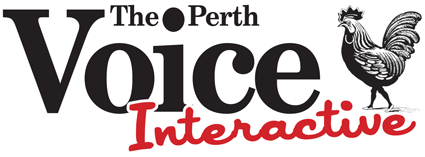
NORTH PERTH resident MARY GRAY is an environmental scientist and long time advocate for the bush and its inhabitants. This week she tells us what we can do in our own backyards (or front yards) to fight climate change, calling on us to ditch the concrete and go bush.
ACTION on climate change is now a matter of urgency for us all.
The International Panel on Climate Change, the IPCC, has called for all countries to act to reduce emissions substantially by 2030 in order to prevent global warming above 1.5 degrees C.
At our local level the City of Vincent has declared a climate emergency.
But what can each of us householders do on our properties in our outdoor areas and gardens?
In walking around our local streets, the extensive outdoor areas of hard surfaces, with concrete paving and brick paving, is remarkable.
Excessively wide driveways and paths, and even some ‘front gardens’ totally brick paved is all too common.
If each of us removes just a few square metres of hard surface, for example a 3 x 3 metre patch, then a local native tree and some native shrubs to provide food habitat for our endangered and local wildlife can be planted.
Our endangered Carnaby’s Cockatoos (Calyptorhynchus latirostris) need more food and it is such a pleasure to see them in our gardens.
They feed on a variety of native plants and on insect larvae.
Back lanes
Many householders have back lanes where there are no power lines.
If each of us in this situation were to plant one local native tree adjacent to the back lane, the increased tree canopy and urban cooling effect would be considerable.
The additional food for native birds and insect pollinators helps care for our nature. And the additional native vegetation sequesters carbon.
The best local tree species for Carnaby’s Cockatoo include Marri (Corymbia calophylla), Jarrah
(Eucalyptus marginata), Tuart (Eucalyptus gomphocephala), and the local tree Banksias: Banksia menziesii, Banksia attenuata, Banksia prionotes. Carnaby’s also love feeding on nuts and seeds of all the Hakeas, especially the Bird Hakea Hakea orthorryncha.
Notably these species take a few years before flowering and setting seed and thus providing food. Marri grow quickly.
The photo by Margaret Owen shows a Carnaby’s in a Hakea.
There are a number of native plant nurseries that supply ‘food for wildlife’, or provide for ‘garden wilding’. Also the City of Vincent has a native plant sale for residents this Sunday August 14, 8-11am at North Perth Common.
